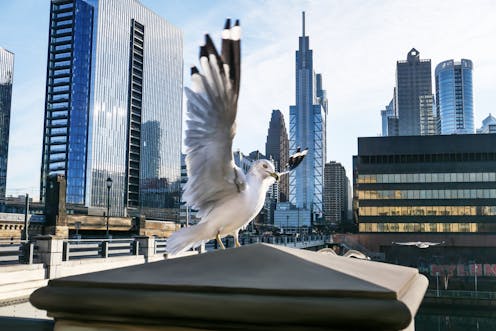

Authors: Richard Fadok, Postdoctoral Fellow in Anthropology, University of Rochester
Read more


